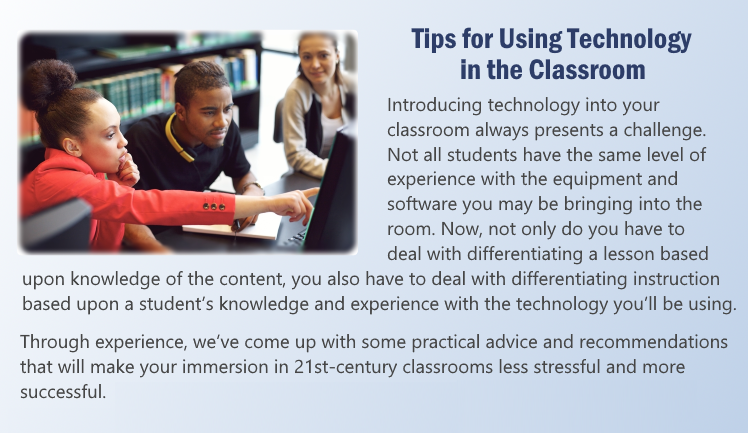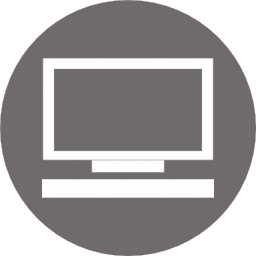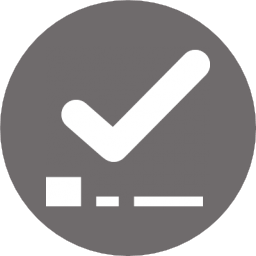

Take time yourself to practice with the technology and software that you will be using. Use the software to create samples that your class can utilize and analyze. Use the material that you created to help students identify the key attributes of the subject/topic you are teaching.

Plan for extra time. Depending on your students’ familiarity with the equipment and software, you may need to allow at least a week or two additional time when you’re introducing new technology or software to the class. If you have to schedule equipment, be sure to pad the length of time you’ll need the equipment to account for unexpected delays, interruptions, or absences.

Before trying to utilize the software in the class, make sure that you and your students know:
- how to turn on the computer, log in, and locate the software you’ll be using
- how to save and print work
- any specific keyboard commands required by the software

As you practice with the software, determine what additional skills or software features your students may need to complete their assignment.

In advance, consider how you want students to name their work and where they should save their results.

When first introducing software to the class, use the same strategies that the Write Tools suggests for teaching any new skill or genre.
- Examine samples
- Model the work
- Perform example with class
- Group work
- Independent practice

